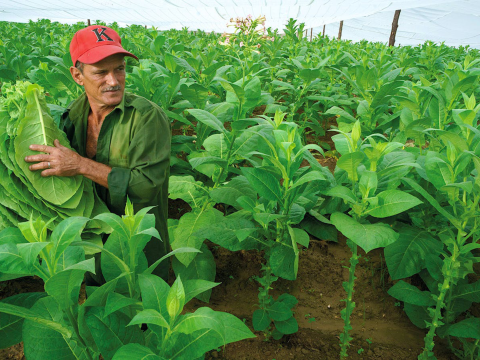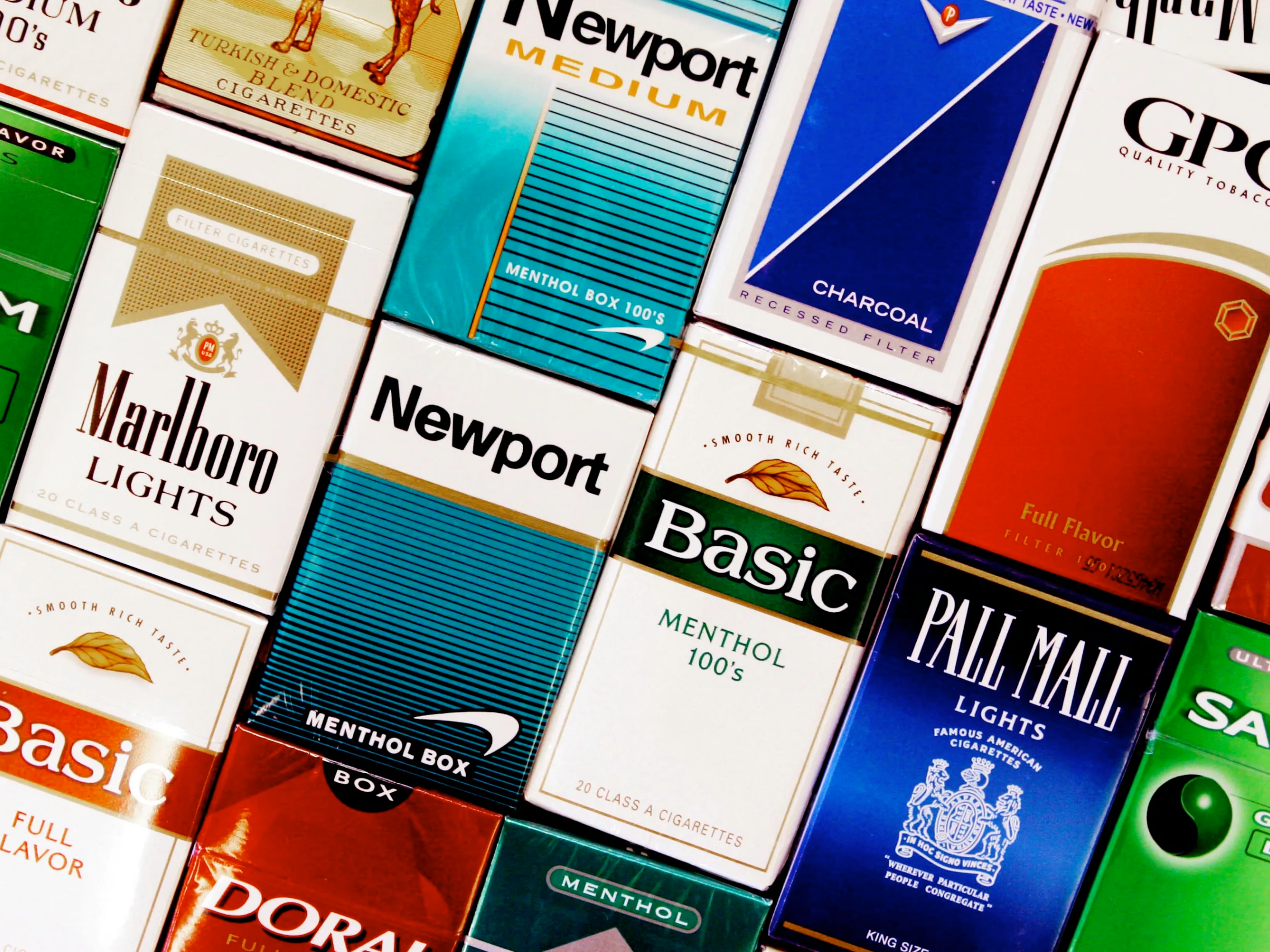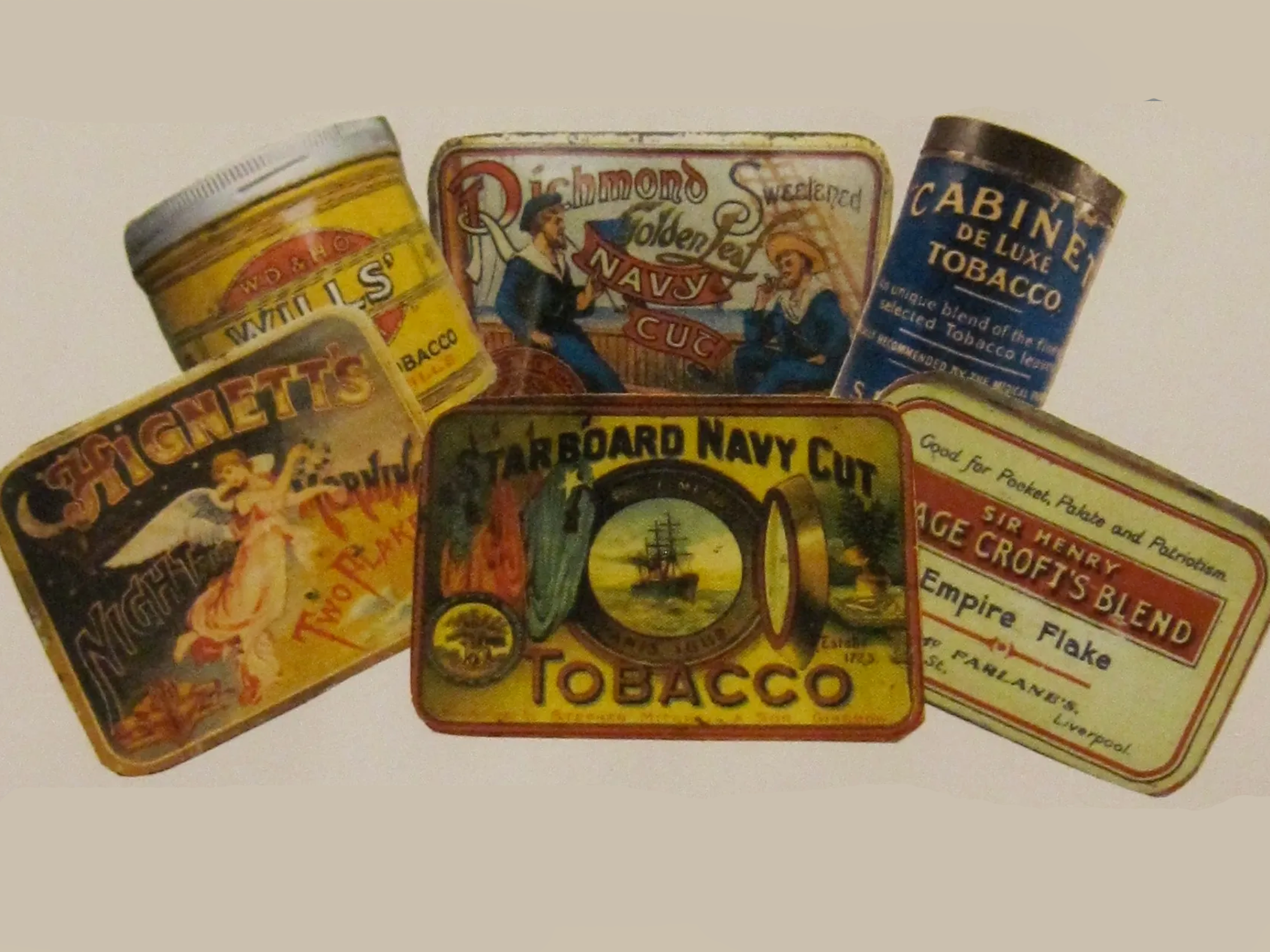Manufacturing cigarettes is a skillful and complex process that blends art, science, and workmanship. Each stage is essential to guaranteeing the quality, flavor, and consistency that customers demand from their favorite brands, from the rigorous selection of tobacco leaves to the meticulous assembly of the finished product. We’ll take a journey through the making of cigarettes in this post, learning about the strategies and processes employed by some of the most known tobacco producers in the world.
The planting and harvesting of tobacco plants is the initial step in the production of cigarettes. In different parts of the world, each with its own climatic and soil characteristics, different tobacco kinds, including as Virginia, Burley, and Oriental, are grown. These elements are essential in defining the tobacco leaves’ flavor, aroma, and quality. After being collected, the leaves go through a curing process that, depending on the intended result, may involve air-curing, flue-curing, sun-curing, or fire-curing. The development of the tobacco’s distinctive flavors and hues depends on this process.
Following curing, the tobacco leaves go through the blending process, in which different tobacco varieties are blended to produce the distinctive flavor profiles of well-known cigarette brands like Marlboro, Camel, and Lucky Strike. For a consistent smoking experience for customers, master blenders employ their knowledge and ability to create the ideal combination of flavors and fragrances. After additional processing to eliminate stems and other impurities, the blended tobacco is transformed into a consistent, smooth combination.
Additives and flavorings are added as the final step in the production of cigarettes. These components are carefully chosen and put to the tobacco to either improve the inherent flavors or add new flavors. For instance, menthol is a well-liked addition that gives products like Marlboro Menthol, Camel Crush, and Newport a cool, refreshing feeling. Sweeteners, humectants, and preservatives are some additional additives that may be used to enhance smoking in general and increase product shelf life.
When the tobacco mixture is ready, it’s time to put the cigarette together. The making of the cigarette paper, which is normally created from wood pulp and is intended to have particular burn rates and properties, is the first step in this process. After that, the tobacco is fed into swift machines that accurately measure and cut it into small parts. The cigarette paper is then wrapped around these pieces to create the recognizable cylindrical shape.
The inclusion of filters, which are intended to lessen the quantity of tar and other dangerous compounds breathed by the smoker, is the following step in the manufacturing process. There are many different materials that can be used to create filters, including cellulose acetate, charcoal, and occasionally even more inventive ones. Manufacturers like Kent, Parliament, and Dunhill are renowned for their distinctive and cutting-edge filter designs, which are intended to improve the smoking experience as a whole.
The cigarettes are then trimmed to the required length and checked for consistency and quality after the filter has been installed. Only the best cigarettes reach the final step because any items that do not adhere to the tight quality criteria are eliminated.
Packaging is the penultimate stage of the production of cigarettes. To maintain freshness and guard against damage while in transit, the completed cigarettes are placed into packs, which normally carry 20 smokes apiece. Brands like Virginia Slims, Davidoff, and Benson & Hedges invest substantially in developing visually arresting and attractive packaging, which significantly contributes to the product’s overall appeal.
In conclusion, the art of creating cigarettes is a fascinating journey through an intricate manufacturing process that combines the knowledge of master blenders, cutting-edge engineering, and great attention to detail. Every stage of the production process, from the growing of the tobacco plants to the final packing, is crucial to achieving the distinctive flavor profiles, high quality, and consistency that customers expect from their preferred cigarette brands. The art and science of creating cigarettes will definitely develop as the industry continues to change and adapt to shifting customer preferences, new technology, and regulations, ensuring that the tradition of craftsmanship remains at the core of this iconic product. To prioritize wellbeing and make wise decisions, it’s crucial to be aware of the health risks of smoking and take into account alternatives like nicotine replacement treatment or electronic cigarettes.














